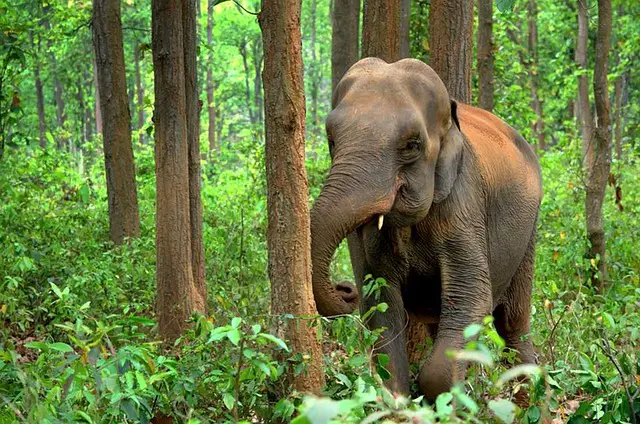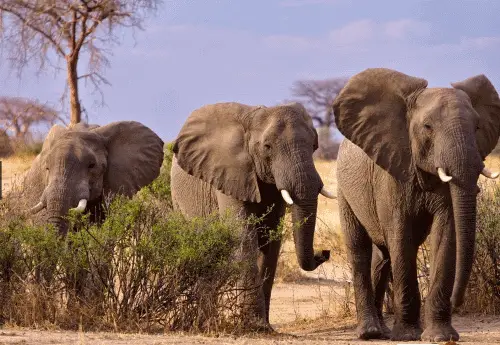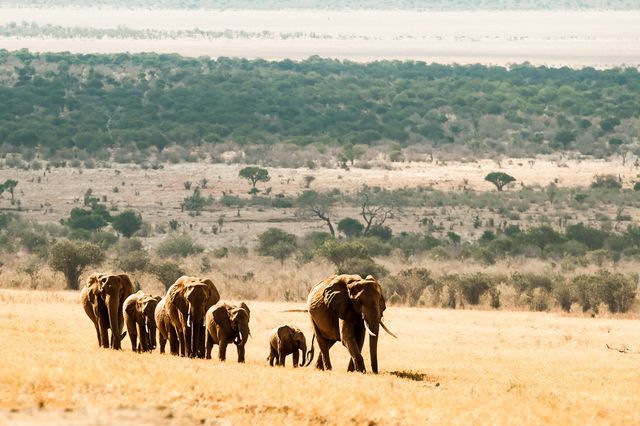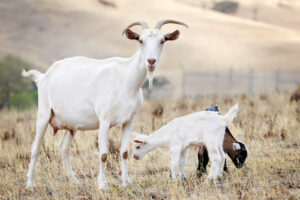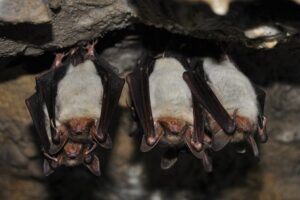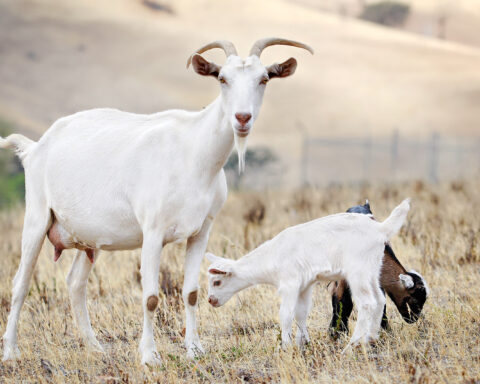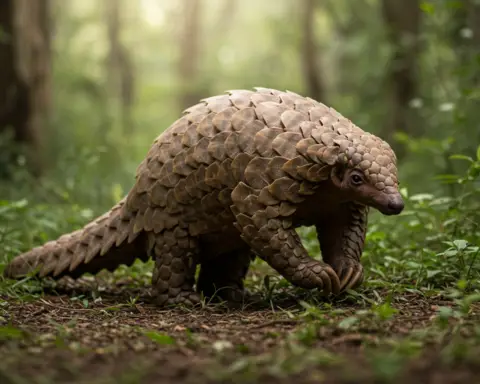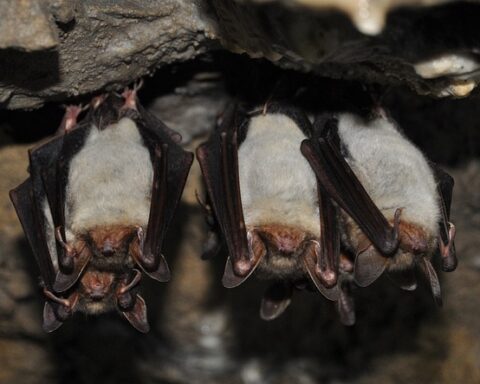What speeds can an Elephant reach?
Some estimates indicate that the speed at which an elephant can run is 25 miles per hour (40 km/h). However, elephants running at 15 mph are more likely to reach 25 km/h (25 km/h). It’s impressive considering that even the largest elephants weigh in at 14,000 pounds (6,350kgs).
However, the speed at which elephants run fastest is controversial. It is not known how fast an Elephant can run.
Average Running Speeds for Elephants
Average running speed of elephants is 15 MPH (25 Km/h). Averaging walking speed of 4.5 miles (7 km/h)
Top speed for elephants
Three types of elephant running speed
There are currently three types. These three types can be described along with their running speed and other fascinating facts.
African bush elephant (Loxodonta Africana), also known as the African Savannah elephant. They can reach speeds of up to 25 mph (40 km/h). These elephants live in Sub-Saharan Africa and are found in countries such as Kenya and Uganda. They can live in many environments, including desert areas and wetland. They are the largest species of elephant, weighing between 8,000 and 14,000.
African forest elephants (Loxodonta.cyclotis), are slightly slower than their larger counterparts at an estimated speed 24 mph (38.6 km/h). These elephants can usually be found in West Africa, the Congo Basin and other forest environments, as their name implies. African forest elephants are among the smallest elephant species. Their weight range is between 4,000 to 10,000 lbs.
Asian elephant (Elephas maximus: Also called the Asiatic or Asiatic elephant. They can run at speeds of 15 mph (22.4 km/h). Scientists from Thailand measured the speed of the Asian elephant on a 100-foot (30m) course. They live in Southeast Asia as well as the Indian subcontinent. Asian elephants may weigh approximately 11,000 lbs.
Even at very fast speeds, it might not seem like elephants run. Their footfall pattern is identical to that of walking and they never leave the ground simultaneously — which is what makes running so popular. Biomechanists now believe an elephant’s middle of mass bounces at high speeds. If that is true, an elephant’s gait would be considered to be running.
Biomechanists have called this gait “Grouchorunning” after Groucho’s crouched walk. According to the researchers, elephants bend slightly at the joints to enable them to move more smoothly. This research may give insight into biomechanical techniques that large animals (from extinct dinosaurs to obese humans) use to overcome restrictions in their motion.
John Hutchinson from Stanford, a postdoctoral research fellow in Mechanical Engineering, said that there is evidence that elephants do run in some way. “It’s an intermediate kind of gait, but it seems like what we biomechanically would consider running.” They don’t leave ground, which was the classical definition. But, they do seem bounce to the biomechanical definition.
Hutchinson coauthored a Nature paper last spring that used a computer-generated model of physical forces. It showed that Tyrannosaurus was probably too big to run fast. Dan Famini is a University of California-Davis student in veterinary medicine. Richard Lair is the adviser and international affairs director at Thai Elephant Conservation Center. Rodger Kram is associate professor of Kinesiology and applied physiologically at Colorado-Boulder. They focused on the extinct Asian elephant (Elephas maximumus), which is capable of weighing in at over 4 ton.
The study revealed that speed is a key constraint for animals: Larger animals have greater numbers of neurons.
Related
Closeup of dog’s nose
Dogs’ Spectacular Senses of Smell

Wearing Slime Clothing?
The “fast-twitch” muscles generate power rapidly, but they can also tire easily. Because fast-twitch muscles are unable to store much energy during sprints, smaller animals can achieve their maximum speed quickly. The tradeoff between increasing inertia and muscle mass means that cheetahs can run faster than the famous giant lizards.
Animal speed will increase up to a point. An animal’s top speed drops beyond the amount of cheetahs, peregrines (in water), and marlins (on land). The relationship between body mass, top speed and water consumption was described by researchers using a simple parabolic arc. The researchers claim they can predict an animal’s speed without regard to whether it swims, flies, or runs.
Hirt of the German Centre for Integrative Biodiversity Research explains why acceleration is the key to animals’ top speeds. While large animals might be the fastest in theory, the energy and time required for acceleration keep them from ever reaching that speed.
Hirt suggests that an elephant’s top speed would be [373 miles per hour] if it were scaled in a linear fashion. In reality, their speed is only [21 mph]. Hirt says that larger animals will run out of energy before they can reach their theoretically maximum speed.
The same holds true for extinct animals. T. rex was originally thought to run at 45 mph. However the nine-ton T. rex’s speed meant that it probably averaged 16.5 mph. An adult human can run approximately 15 mph. Usain Blint, the fastest known human being, can run 27 mph. Bolt can outrun the T.rex by a wide margin, but there is a possibility that he was under threat from the Velociraptor. It could run upto 34 mph.
Other dinosaurs could be slower, but not in the same way. Like larger elephants and whales of the sea, the Brachiosaurus could walk at less that 11 mph and the Apatosaurus — also commonly known as Brontosaurus — would tire at 7.6mph.
But, ultimately, weight is not the only important factor. However, ocean animals move slower than similarly warm-blooded animals on land.

